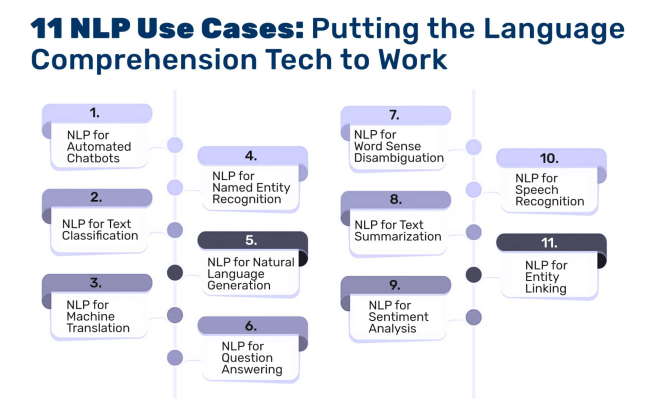How to Install Windows XP

Introduction:
Windows XP is a popular operating system that was officially released by Microsoft in 2001. Though no longer supported by Microsoft, it’s still favored by some users due to its simplicity and ease of use. In this article, we will show you how to install Windows XP from scratch, step by step. Please note that installing an unsupported OS may have security risks.
Requirements:
1. Windows XP Installation CD
2. A computer compatible with Windows XP
3. A minimum of 256 MB RAM and 1.5 GB free hard drive space
4. CD/DVD drive or USB flash drive (for bootable media)
Step 1: Prepare Your Computer
Before starting the installation process, ensure that all your important files and data are backed up safely as this process will erase everything on your hard drive.
Step 2: Set up Bootable Media
Insert your Windows XP Installation CD into your computer’s CD/DVD drive or connect a bootable USB flash drive containing the Windows XP installation files.
Step 3: Configure BIOS Settings
Power on your computer and access the BIOS settings by pressing the required key (e.g., F2, F10, DEL) as specified by your computer manufacturer. Configure the boot sequence to prioritize CD/DVD/USB option and save the settings then restart the computer.
Step 4: Initial Setup
When prompted with “Press any key to boot from CD or DVD”, follow the instruction. You’ll then be welcomed by the Windows Setup blue screen. Set language preferences and press “Enter” to continue.
Step 5: Agree to License Terms
Read Microsoft’s license terms and press “F8” if you agree to continue.
Step 6: Choose Installation Type and Format Hard Drive
Select either “Upgrade” (to upgrade an existing system) or “New Installation.” For a new installation, Windows XP will display existing partitions. Use the “D” and “L” keys to delete all partitions to create unpartitioned space. Press “C” to create a new partition. Set the desired size for the partition (in MB) and press “Enter.” Select the partition in which Windows XP will be installed and press “Enter” again.
Step 7: Installing Files
The installer will format the partition, copy files, and install Windows XP. This process can take some time, depending on your computer’s specifications.
Step 8: Reboot the Computer
After the installation is complete, your computer will restart. Remove the installation media (CD/DVD/USB) to prevent booting from it again.
Step 9: Configure Windows
When rebooting, you’ll see a Welcome to Microsoft Windows screen. Follow the prompts to set up your location, timezone, and create user accounts. After completing these steps, you’ll reach your Windows XP desktop.
Conclusion:
You have successfully installed Windows XP on your computer. While it may not have all the features and security offered by newer operating systems, many users appreciate its simplicity and nostalgia factor. Remember to install drivers necessary for your hardware components and any required software to get the most out of your Windows XP experience.


